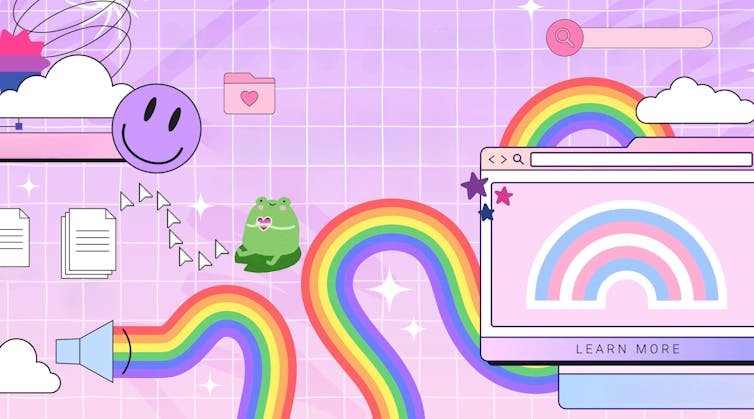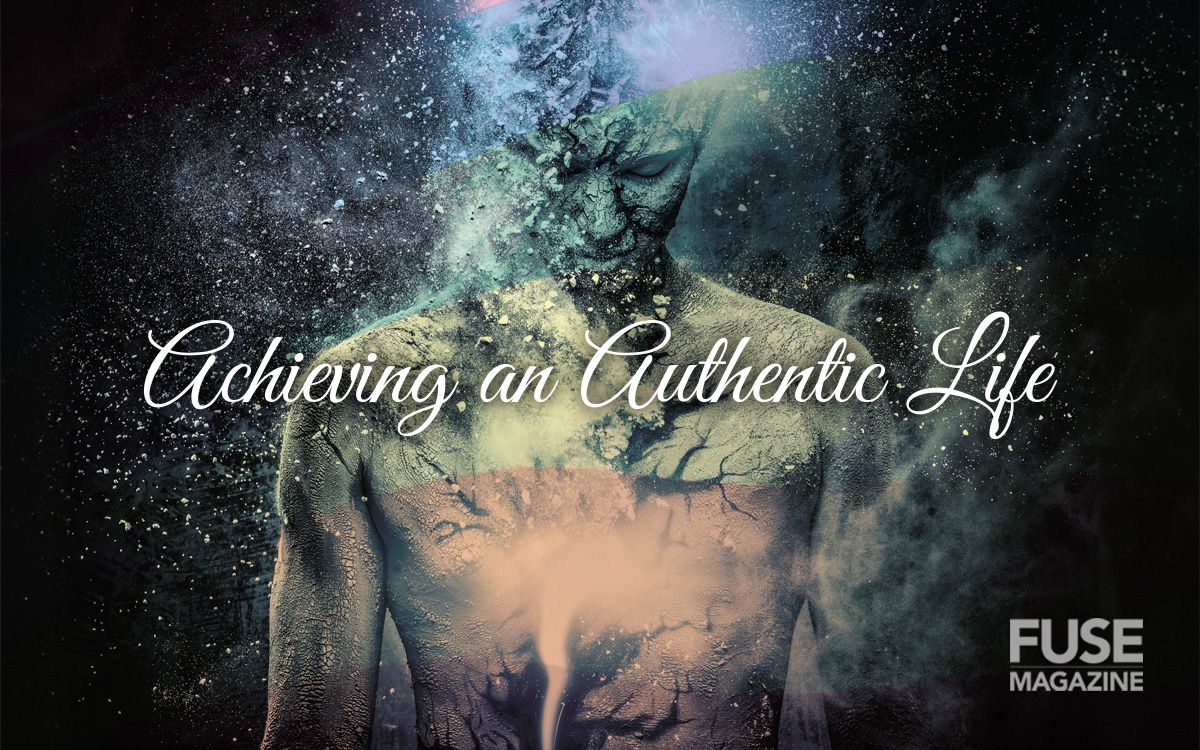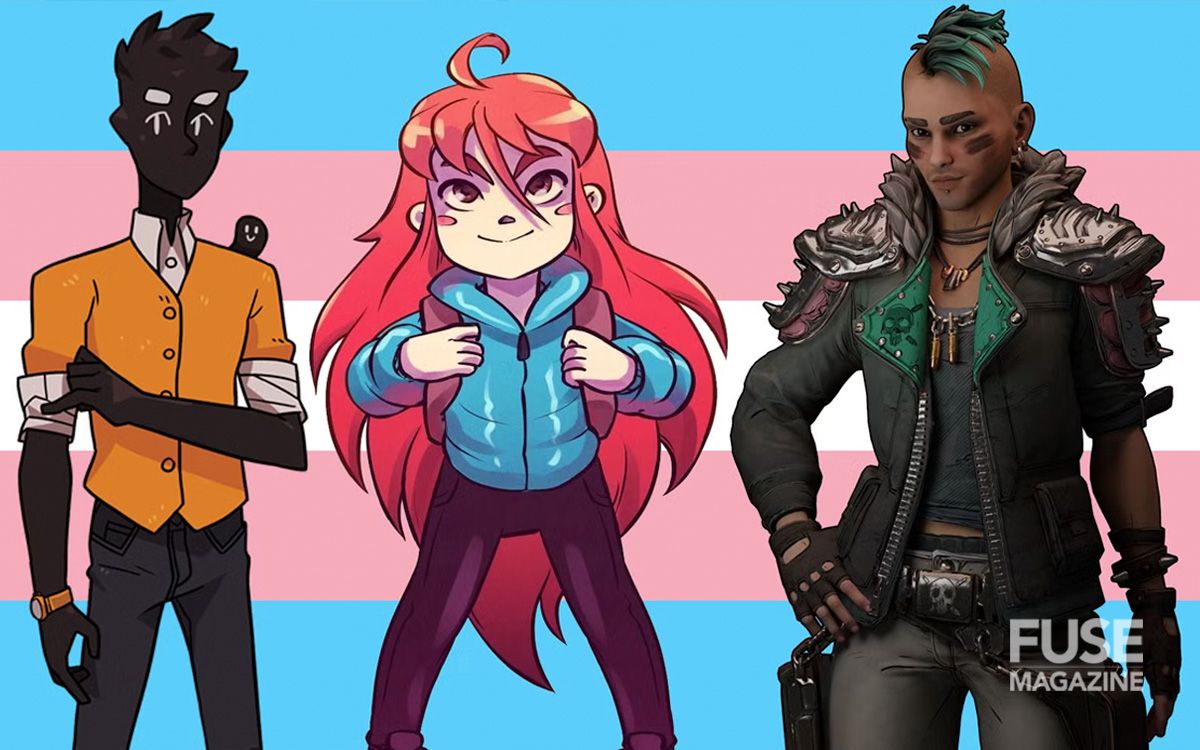How to creatively express ‘queer joy’ online

Alice Elizabeth Wilsonand her research group at the ESRC Digital Good Network are trying to establish ways for you and others to express ‘queer joy’ online creatively. Queer joy is a powerful emotion that sustains the fight for recognition and equality for LGBTQ+ people, especially in the face of challenges like gender-based violence and discrimination.
But it’s also bittersweet, because it acknowledges the struggles faced by the community while celebrating advancements towards a more just and equal world.
The end goal of this work is to make policy recommendations and influence the development of online platforms and apps to enhance the flourishing of queer people online.
It’s pretty cool and unusual to approach an academic investigation into the lives of queer people online from a positive perspective, asking “what is excellent and nourishing around here?”. The more standard approach is to ask “what is terrible and violating around here?”
The “what’s terrible” approach is also important because these questions provide us with data that shows unequivocally that queer people are subjected to all manner of abuse, inequality and subjugation. We can then use this data to agitate for change and protection. But terror and repression are not the only truths about queer life.

I am a queer person, and my life includes a lot of excellent and joyful things. Our research team itself came together and created this queer joy research project specifically because as a group of queer people and allies, we know how special, energising and gleeful queer life can be. It is a theme that is gaining increasing traction and attention in research circles.
Here’s what the preliminary results of our research can teach you about the benefits of expressing queer joy online – and how you can go about it.
1. Remember: a creative life is an amplified life
Author Elizabeth Gilbert once said that “a creative life is an amplified life”. I am inclined to agree, and so are many of the participants who came to our creative, art-based interactive workshop.
Our participants told us that their queer joy online centred around freedom of creative expression. This included creative expressions of fashion, art, self-presentation, love and friendship.
Queer joy also involved the sharing of common experiences, both of joy and struggles with queerphobia. Interestingly, this was in contrast to the ways they believed the outside world viewed queer joy – mainly related to pride marches and the pride flag.
Ask yourself how you can express your queer joy through your clothes, or maybe through celebrating the clothing of others.
Do you have a favoured queer artist that you can celebrate online, or find a fan club where you can bond over the excellence of the work this artist invents?
Can you set aside 10 minutes today to make a tiny, private piece of queer art for yourself? A little doodle is a fantastic place to start.
2. Don’t behave
Queer people are deviant by default in the sense that we defy and deviate from the imposed norms of a cisgender, heterosexual, patriarchal ideal of what good citizens look like, and how they spend their time.
In this sense, if you are queer, you are already “misbehaving”. Our research suggests that a great deal of joy can come from this misbehaviour. Sharing, talking about, encouraging and inventing new ways of misbehaving can be a well-spring of joy.
Here is an example from our arts-based workshop. Our colleague noted in their reflections after the workshop that the transformation of a pomegranate into a work of art brilliantly illustrated the broader implications of embracing the “beautiful mess” of creativity and queer existence:
“A pomegranate stops being a workshop object, and starts being printing ink, and then won’t behave, and becomes a beautiful mess.”
There is something about the unpredictability of art-making that mirrors the queer experience. Both are, in part, marked by the emergence of joy amid chaos.
Ask yourself how you can misbehave today. What can you say yes to, or no to today, no matter how small of a thing, that brings you a sense of joyful defiance?
3. Practice looking for queer joy
Our research suggests that there is something specifically powerful about seeing queer joy expressed. We found that video and image-based platforms like Instagram, TikTok and YouTube may be seen as being better at facilitating expressions of queer joy, compared to text based platforms like X (formerly Twitter) and Facebook.
But this might also be a function of the fact that both X and Facebook can polarise users, especially conservative ones, by connecting them to more conservative news sources, leading to echo chambers where extreme views are amplified.
Our participants told us that you can’t force joy, only make space for it. Joy is relational and sustained through ongoing interactions, touch points and intimacies.
When do you feel joy? Maybe it’s when you read or watch queer stories, like Heartstopper. Ask yourself how you can make space for the expression of queer joy for others – and for yourself.
Alice Elizabeth Wilson, PhD Candidate in Sociology, University of York. This article is published from The Conversation under a Creative Commons license.

Looking for something good? Cut through the noise with a carefully curated selection of the latest releases, live events and exhibitions, straight to your inbox every fortnight, on Fridays. Sign up here.![]()









